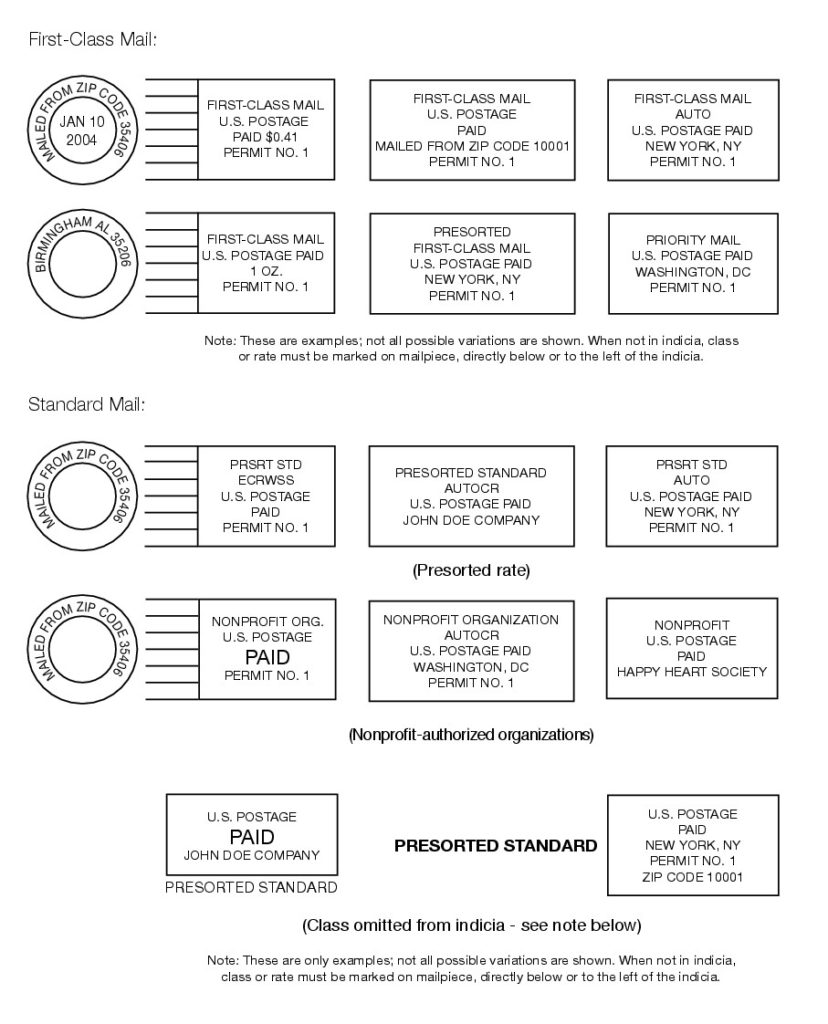Direct mail remains one of the most effective ways to reach potential customers, but like any marketing channel, it’s susceptible to ad fatigue. When response rates decline despite consistent mailing efforts, ad fatigue could be the culprit. Understanding how to identify and correct this issue can save marketing budgets and improve return on investment (ROI).
Signs of Ad Fatigue in Direct Mail
One of the first indicators of ad fatigue in direct mail is declining response rates. If your response rate drops by 20-30% without external factors like seasonality or economic shifts, it could mean that recipients are tuning out your messaging. Alongside this, you may notice a ROI. A direct mail campaign typically generates an ROI of at least 5:1. A strong direct mail campaign generates an ROI of 10:1. If that number consistently falls below your benchmarks, ad fatigue could be the underlying issue.
Another red flag is increased unsubscribes or complaints. If more recipients are opting out of your mailings or contacting you with negative feedback, it suggests they’re either seeing your offers too frequently or finding them irrelevant. Reduced engagement in follow-ups can signal fatigue. If prospects who initially responded to your campaign stop engaging with subsequent mail pieces, it may indicate that your messaging is losing its impact.
Lastly, a higher cost per acquisition (CPA) is a key indicator. If your CPA has increased by 15-25%, despite maintaining the same mailing volume and strategy, it’s a sign that your audience is becoming less receptive. Monitoring these trends closely can help identify when it’s time to refresh your approach and improve campaign effectiveness.
How to Fix Direct Mail Ad Fatigue
-
Rotate Mail Formats
- Instead of sending the same type of mail repeatedly, alternate between postcards, letters, and self-mailers.
- Example: If a campaign relied heavily on 6×9 postcards, introduce a personalized letter in an envelope with a handwritten-style font for a fresh approach.
-
Adjust Frequency
- If you’re mailing monthly and seeing fatigue, test a 6-week or 8-week cycle instead.
- Conversely, if you mail quarterly, increasing to a bi-monthly schedule may improve retention.
-
Refine the Offer
- A stagnant offer can lead to reduced interest. Instead of always pushing a 10% discount, test an exclusive bonus, free trial, or limited-time upgrade.
-
Expand the Mailing List Strategically
- Expanding the list can increase reach, but without proper segmentation, it can lead to wasted spend.
- Best Practice: Test a small 10-15% increase in new recipients before committing to a full-scale expansion.
- Use Lookalike Audiences (modeled after your best customers) to identify high-potential new prospects.
-
Personalize Messaging
- Use variable data printing (VDP) to insert recipient names, past purchase data, or localized offers.
- Example: Instead of a generic headline like “Limited-Time Offer,” try “Exclusive Offer for [First Name] in [City].”
-
Monitor Response Patterns
- Track which segments respond best and adjust targeting accordingly. If a segment’s response rate drops by 25% or more, consider reducing frequency or adjusting the message for that group.
-
Use Digital Integration
- Enhance direct mail campaigns with QR codes, PURLs (personalized URLs), or retargeting ads.
- Example: A postcard with a QR code leading to a personalized landing page can increase engagement.
When to Consider a Complete Overhaul
If multiple adjustments fail to revive engagement, consider a full creative and strategic reset. This may include:
- Changing the design, colors, or branding.
- Testing a completely different mailing size or format.
- Reworking the entire offer or messaging framework.
If a campaign’s response rate falls below 1% (without external factors like economic downturns), it’s a sign that the approach needs a major refresh.
The Bottom Line
Ad fatigue in direct mail is a real challenge, but it’s not an irreversible problem. By spotting early warning signs and implementing adjustments like format variation, frequency changes, and strategic personalization, businesses can maintain high engagement and protect their ROI.
Tracking key metrics and continuously testing improvements ensures that direct mail remains a valuable, high-performing channel for customer acquisition and retention.
If you’re concerned about your direct mail campaign’s performance, reach out to us. We may be able to help you get your campaign back on track.










